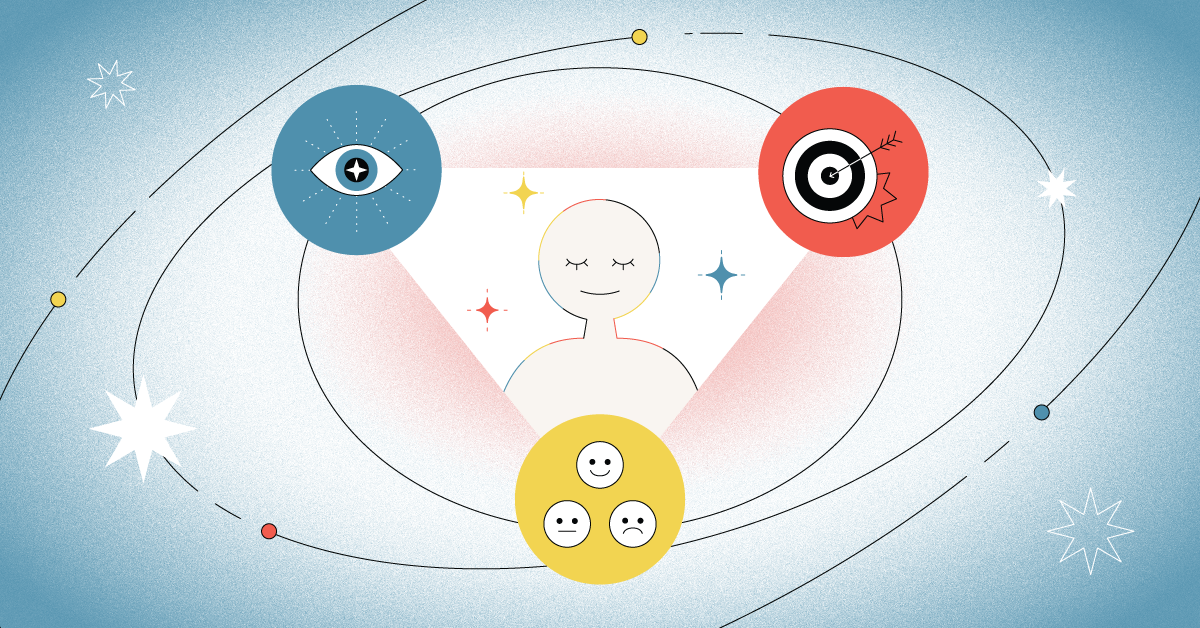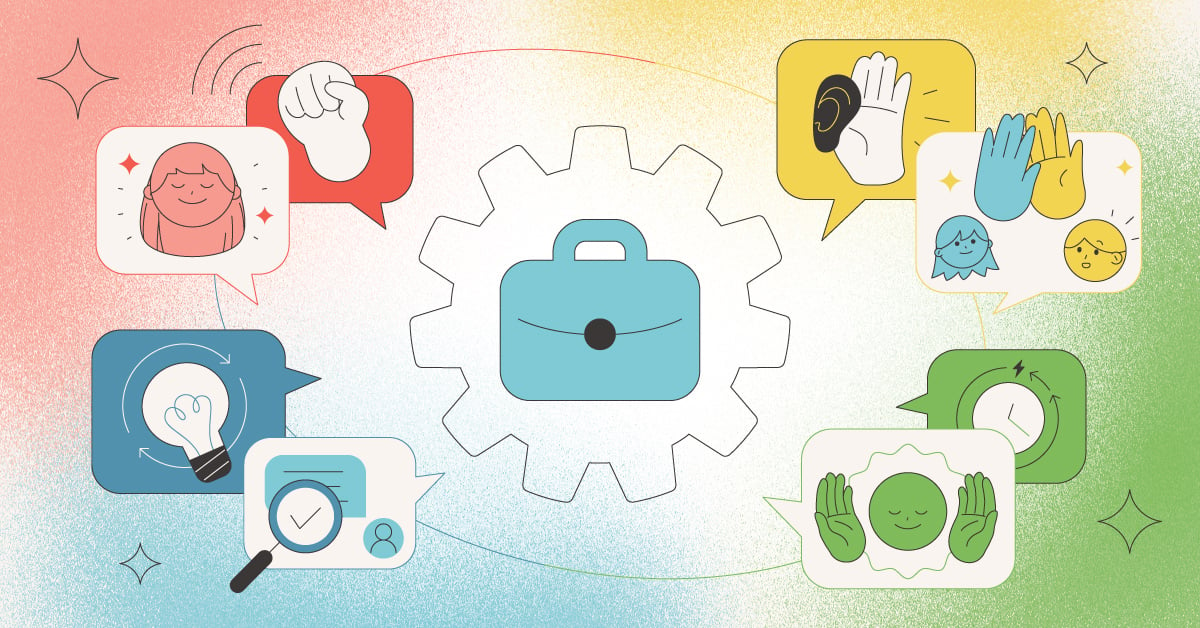
Multi-Science Assessments Are the Window Into the Human Condition
Editor's note: This month, TTI SI's blog theme will center on the multi-science approach, a holistic way of understanding individuals, teams and organizations. Our contributors will tackle this topic from various angles and provide valuable insights on how a better understanding of self leads to more desirable outcomes in the workplace.
TTI SI’s multi-science assessments can help us measure and understand the three components of a powerful algorithm that resides within each of us and guides everything we do.
Multi-science assessments help us measure and understand ourselves better. One way to enhance their effectiveness is to use the model of human behavior called the Triangle of Choice.
No thought or action falls outside of the Triangle of Choice and the dynamic conditions created by its three components: perceptions, wants, and behaviors. It’s called the Triangle of Choice because we can always change what we want, change our interpretation of what we perceive and focus on, as well as choose different behaviors. Simply put, The Triangle of Choice is a map of how people organize the information they receive, what they do with it, and the actions they take as a result.
Here are a few ways the Triangle of Choice can be enhanced and understood by using it aligned with assessments.
HERE'S HOW IT WORKS.
Understanding Our Perceptions - The First Corner of the Triangle of Choice.
As we navigate through life, we absorb experiences, events, and relationships to form a unique set of personal filters: beliefs, values and habits of sensing. Everything we collect through our senses is consciously and subconsciously filtered through these impressions to form our perceptions. Because no two people share exactly the same combination of experiences, no two people perceive the world around them and themselves in exactly the same way. We operate from these perceptions.
The TTI SI's ACI measures our capacity to accurately perceive, clearly think about and understand the dimensions of people, tasks, and systems in the world around us and within ourselves.
Understanding Our Motivators - The Second Corner of the Triangle of Choice
As human beings, we want something from the time we wake up in the morning to the time we go to sleep at night. If we perceive we are hungry, we want to satisfy that hunger. If we perceive we are cold, we want to find ways to become warm.
The 12 Driving Forces assessment paints a picture of what we want. It creates a hierarchy that represents our personal preferences; the level of importance we place on each of the six motivational categories that underlie the things we want.
Behaviors - The Third Corner of the Triangle of Choice
We are also continuously comparing what we want to what we perceive we have This process of comparison never stops. When there is a gap between what we perceive we have and what we want — a difference that is important to us — we consciously or unconsciously choose a behavior to close that gap. If we want to avoid something, we choose a behavior to avoid what we don't want. If we want to maintain what we already have, we choose a behavior to maintain what we have. All human behaviors are our best attempt at the time to achieve one of these three conditions.
TTI SI’s DISC assessment helps us understand how we do what we do. It identifies our preferences as to how we get what we want, avoid what we don’t want and maintain what we already have, by bringing insight to how we behave.
In addition to the three assessments mentioned above, TTI SI’s Emotional Quotient (EQ) assessment measures the ability to sense, understand, and effectively apply our acumen of emotions to facilitate higher levels of collaboration and productivity. Our capacity to manage emotions impacts the choices we make in all three components of the model.
Use Multi-Dimensional Insights Into The “Whole Person” To Develop Better Leaders
Even if we are alone and chained to a wall in a cave, we can choose different ways to work with the situation. We always have the ability to make these three choices, yet we don’t always choose the most effective one.
We can use this model to understand ourselves and others, make better decisions, and assist people to achieve higher performance. With TTI SI’s multi-science assessments, we can have a better understanding of the patterns of our perceptions, motivators, and behaviors that drive thought and action within the Triangle of Choice. The EQ assessment adds the impact of emotions to the management of our choices.
Research-backed assessments make the inner workings of the complex dynamic that operates within every human being easier to understand
By utilizing TTI SI’s multi-dimensional insights into the “whole person” and the elegant machinery of their thoughts and actions, leaders can make far better choices regarding the most difficult challenges we face each day in our organizations.




